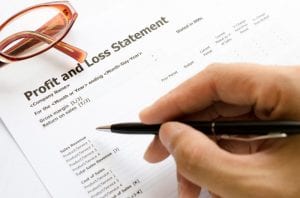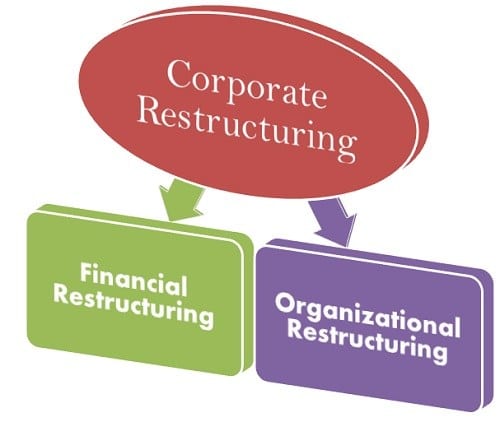Part 2 of financial statement analysis : Profit and Loss Statement Analysis:


Profit and Loss statement analysis
This article is another one in the series of basics of finance by The Buzz Stand. While investing in a particular company people often say this company is better than the other one. One would always prefer to invest in Reliance over L&T whenever given a chance. How do we find out whether a company/business is profitable or not? At this point Profit and Loss Statement comes into picture. Income Statement or Profit and Loss Statement or Statement of Profit and Loss by whichever name we call it is one of the most common and most popular part of the financial statement of a company that shows a company’s revenue earned and expenses incurred in earning that revenue during a particular time period. The other components of financial statement are Balance Sheet and Cash Flow Statement. Under the law it is mandatory for all profit making organisations to prepare its Profit and Loss Statement either monthly, quarterly or at the end of the financial year, while the same is optional for Not for Profit Organisations. While preparing the P/L Statement in India one needs to follow the Accounting Standards and provisions of Companies Act, 2013 and Income Tax Act. Different countries have different Accounting Standards for preparation of Financial Statements.
Starting and running a business is not easy if an entrepreneur fails to read and understand the Financial Statements. Even today many business men and investors fail to apprehend the basic idea of reading and analysing a Financial Statement and as a result at times they tend to invest in companies not generating enough profits and therefore incur loss on the amount so invested.
For being able to read a Profit and Loss Statement one must understand the meaning of its different sections and different components of the sections. We usually have two sections in the Statement of Profit and Loss revenue and expenses. Revenue is considered as the ‘top line’ of Profit and Loss Statement and is the money that the business earns from it sales in case of profit making organisation and in case of Not for Profit Organisation’s it shows the money raised from fundraising. The revenue so earned highlights whether the company will be able to cover up its present expenses and past losses or not. The revenue section includes: –
• Revenue from Operating activity
• Other Income which further includes
Discount received
Commission received
Non-trading income
Interest received
Bad debt recovered
Rent received
Profit on sale of assets, etc.
The expenses includes the cost the company/business incurs to produce and deliver the goods and services so produced to the consumers. Here, we only consider direct expenses i.e. the expenses that directly contribute to the sale. The expenses section includes:-
• Cost of Goods Sold (in case of trading/manufacturing business)
• Cost of Service (in case of service business)
• Other expenses which further includes
Office salaries
Legal charges
Depreciation and Amortization expenses
Audit fees
Repair & Renewals
Advertisement expenses
Bad debts
Sales commission, etc.
After deducting expenses from revenue we receive Gross Profit or Gross Loss. Gross profit represents the cost incurred for sale of goods.
Gross Profit = Revenue – Expenses
If the Gross profit is obtained in positive value then it shows the cost incurred for the sale of goods is less than the cost of producing and delivering them to consumers and that a considerable amount is left to meet the other expenses of business. But if the Gross profit is in negative value i.e. it is a case of Gross Loss it highlights that the cost incurred is more than the revenue generated and it will be hard for the business to meet it other expenses. When we deduct tax liability from the gross profit we get Net Profit which is the ‘bottom line’ of the Profit and Loss Statement.
Net profit = Gross profit – Tax
Net profit is the actual profit made by the business and is distributed among the shareholders as dividend and the amount so left after is kept in business as retained earnings for future needs and too meet any unforeseen liability.
Having known about the meaning of different sections of a Profit and Loss Statement now we deal with the question as to why be it essential to know how to interpret a P/L Statement. It is like a financial report that tells the management, investors and creditors how the business is performing in terms of revenue and how the amount so earned is being utilized. Having read a P/L Statement the management gets to know as to how much of the goods/services are sold, gets an insight about what should be the future sales policies, how expenses should be reduced and organising the tax liability. P/L Statement helps the shareholders/investors in making decision about whether investment should be made or not. The P/L Statement indicates the credit worthiness of a business and provides confidence to the creditors that the sum borrowed will be repaid. The Government too goes through the Statements of different business houses before formulating appropriate financial policies for diverse industries. These also reasons point out that having the proper knowledge about the various sections of P/L Statement is very crucial. Even if a slight mistake is committed while reading financial statements the management can incur huge loss and the investors might lose an opportunity to earn profit.
These days we have different online platforms and websites which help investors in getting the knowledge about Financial Statement analysis. A rational investors always studies the past Statements of the company before investing in it. The company also tries its best to present an unbiased and correct picture of its financial state through these Statements.
For more articles on the basics of finance series by the buzz stand please click here. In case of any help or information you can reach us here






